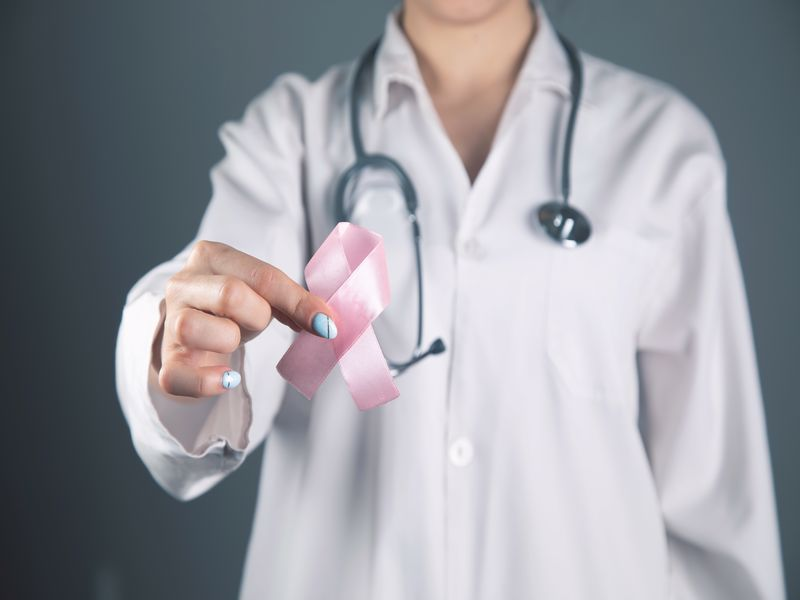Phyllodes tumor is a type of tumor observed in the breast. It can occur in individuals of all ages and can be treated using different methods.
Contents
What Is a Phyllodes Tumor?
Phyllodes tumors are fibroepithelial lesion tissues that are rarely seen in the breast. They are more common in individuals aged 35-55. About 1% of all breast tumors belong to this group. These tumors are classified into three groups: benign, malignant, and borderline. Approximately 25% of these tumors are malignant (showing poor prognosis). Phyllodes tumors appear as benign (non-cancerous) masses in the breast and can grow rapidly. In some individuals, the presence of these tumors may go unnoticed for years, but they may later show clinical signs due to sudden growth. The distinction between phyllodes tumors and fibroadenomas is made based on increased stromal cellularity and mitotic activity. Regardless of the stage, surgical intervention is considered a priority in the treatment of phyllodes tumors. Phyllodes tumors can be treated through local excision, extended local excision, or mastectomy. As the mass grows, the risk of malignancy increases, making it very important to determine and apply the correct treatment plan.
What Causes Phyllodes Tumors?
Phyllodes tumors are a very rare type of breast tumor and are often benign. Their exact causes are unknown, but hormones are known to play a role in their development. Treating and monitoring phyllodes tumors after treatment is important because these tumors have a tendency to recur. The factors contributing to the formation of phyllodes tumors can be listed as follows:
- Pregnancy
- Breastfeeding
- Trauma
- Increased estrogen activity
These factors influence the formation of tumors, but how and why they lead to phyllodes tumors remains unknown. A protein called endothelin-1, which plays a role in tumor growth, is also known to exist. Phyllodes tumors are cells that secrete collagen protein to form a structural framework in connective tissue.


What Are the Symptoms of Phyllodes Tumors?
Phyllodes tumors often do not show symptoms and do not cause pain. They can be detected during routine examinations or through mammography results. These masses are well-defined, mobile, and painless lumps. Averaging between 4 and 7 cm in size, phyllodes tumors can grow rapidly in some cases, becoming visible to the naked eye. While they are similar to fibroadenomas in characteristics, they can be distinguished by their rapid growth and large size at the time of diagnosis.
How Are Phyllodes Tumors Diagnosed?
The diagnosis and detection of phyllodes tumors are made by taking a small tissue sample from the breast, which is then analyzed through biopsy. A pathologist examines the lump to determine whether it is benign or malignant. Once the presence of a phyllodes tumor is confirmed through tests, the appropriate treatment method is chosen, and treatment begins.
What Are the Treatment Methods for Phyllodes Tumors?
Once a phyllodes tumor is diagnosed, the treatment method applied is generally surgical. The surgical operation can involve breast-conserving surgery, such as partial mastectomy or lumpectomy. However, if any parts of the tumor remain in the surrounding tissues after partial removal, it may recur in the same area. Therefore, part of the breast tissue is removed along with the tumor. In mastectomy operations, the entire breast is removed, which is preferred in cases where a cancer-free margin cannot be established. If the tumor tissue is malignant, mastectomy may be a more suitable treatment option. Malignant phyllodes tumors are less likely to respond to common treatments used for other types of breast cancer. These tumors are often treated similarly to sarcomas (soft tissue cancers). After surgical treatment, regular follow-ups and tests should be performed to quickly detect any recurrence.
Do Phyllodes Tumors Increase Cancer Risk?
Although the majority of phyllodes tumors are benign, they do not increase the risk of breast cancer. However, since this type of tumor can recur, it should be closely monitored through regular check-ups and examinations.





